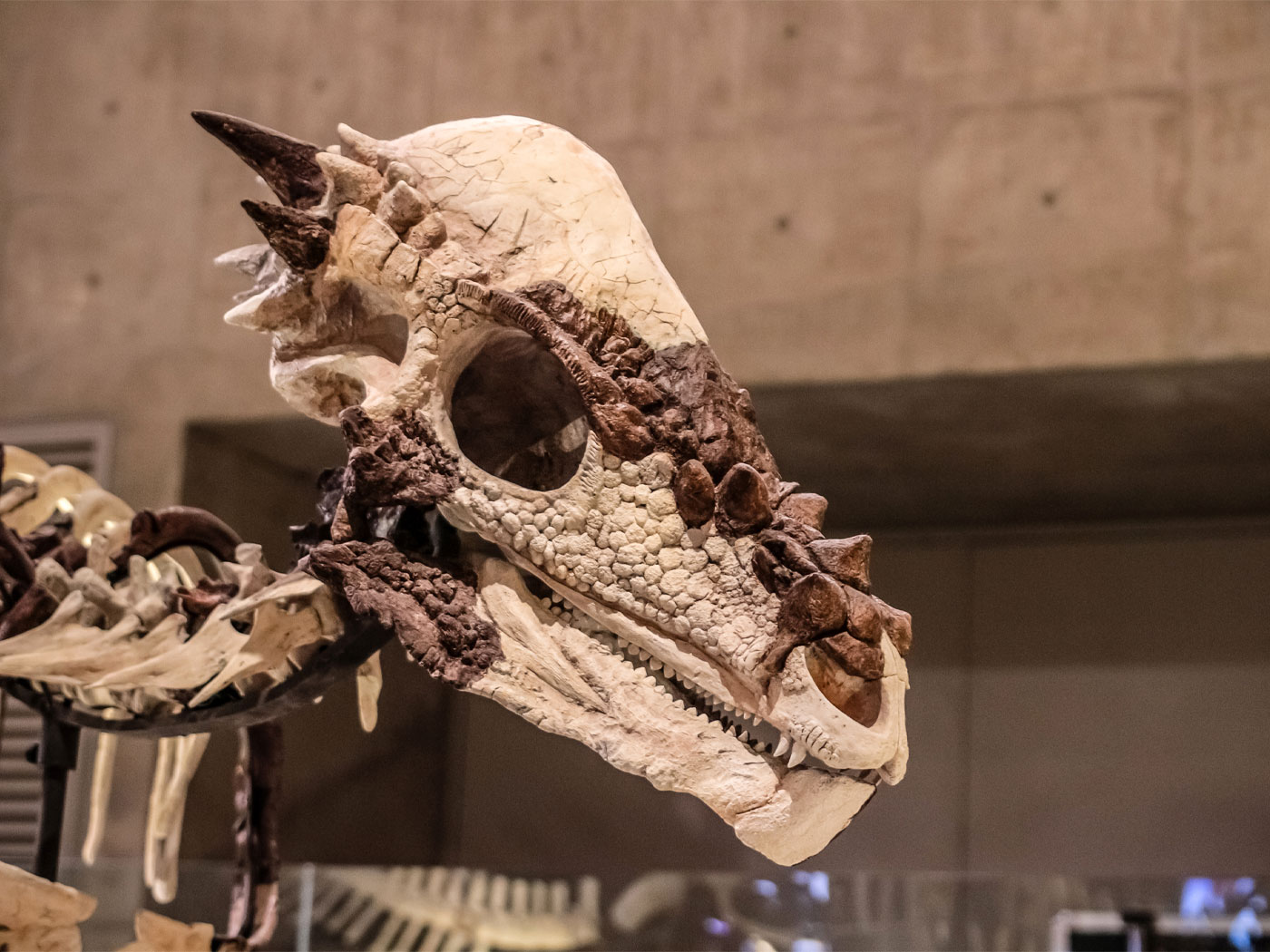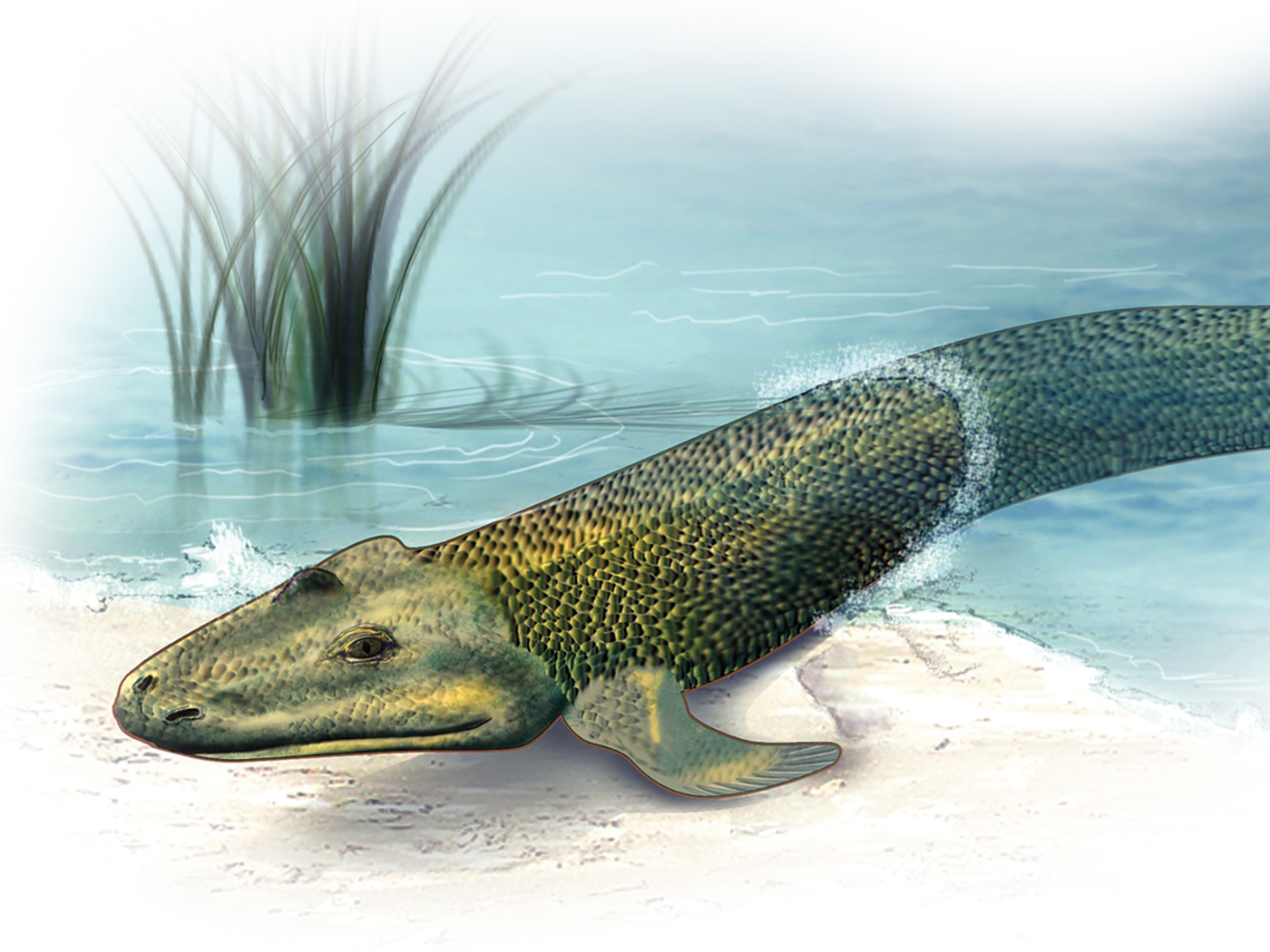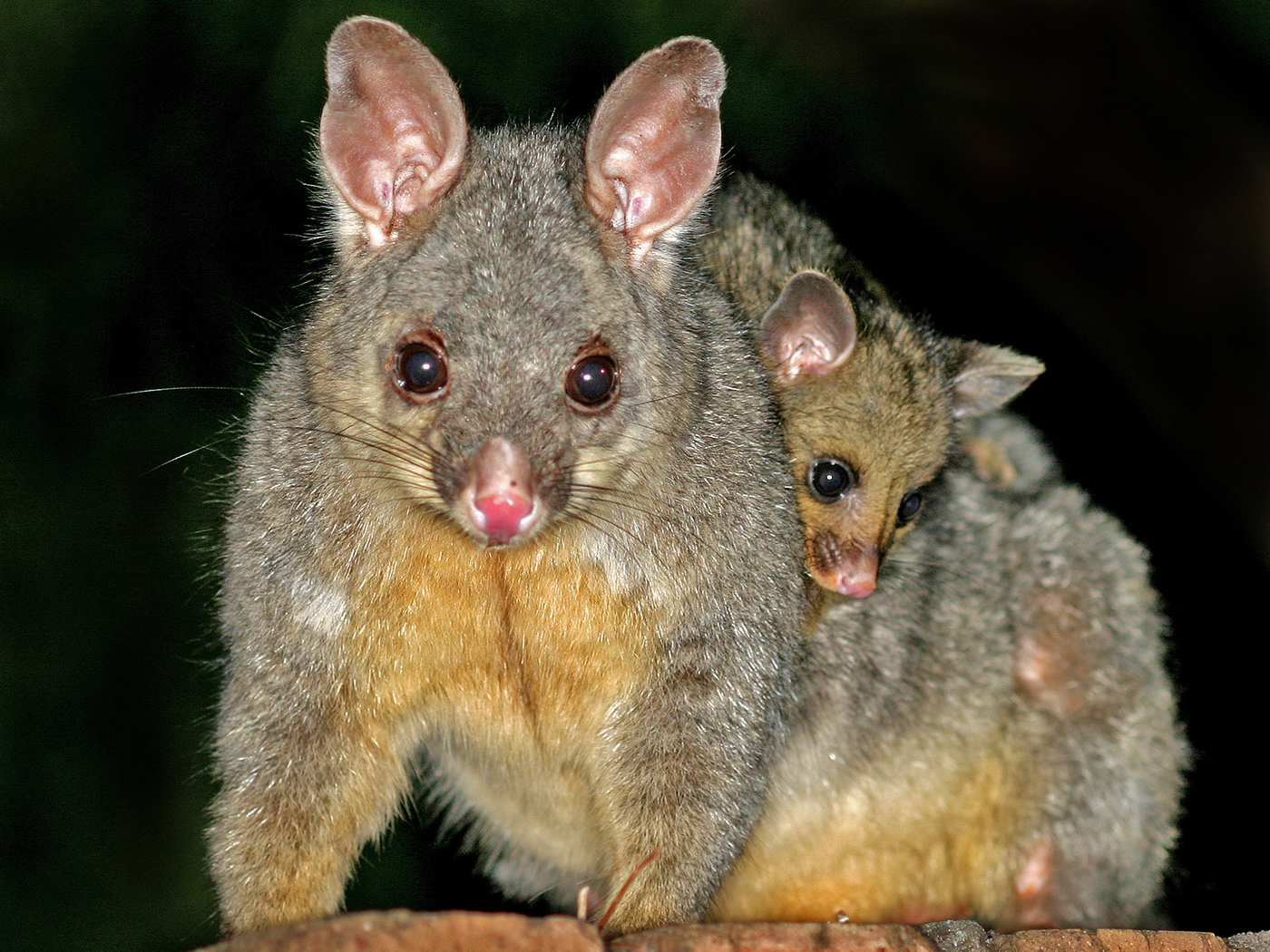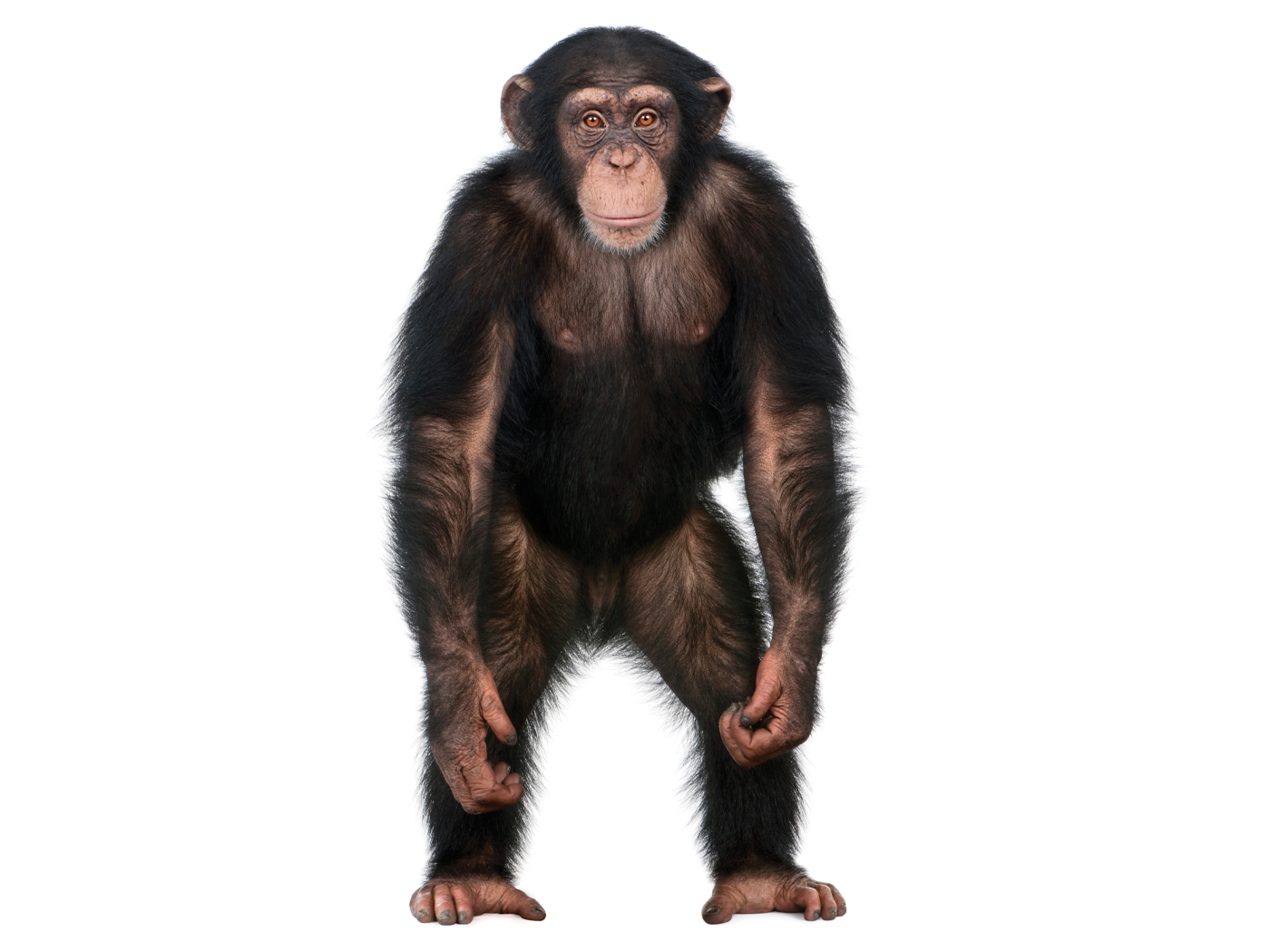Being sedentary organisms, plants are essentially stuck where they are planted and need to dynamically adapt to the conditions around them to not only survive but thrive. They do this by constantly detecting changes in their environment with a huge host of sensors in their leaves, stems, and roots. The detected environmental cues are then processed through complex systems of internal logic which triggers a variety of pre-programmed adaptive solutions that are deployed. One of the most hotly studied of these systems is based on epigenetics and is actually inherited so that future generations of plants can get a jump-start on adaptation.1,2 A new study in this field using the small easily studied plant Arabidopsis, has shown how this amazing epigenetic system works in addition to data showing targeted genetic changes in relation to heat tolerance.3
This study involved raising Arabidopsis plants for 25 generations under heat stress and comparing the results to plants raised without heat stress (control plants).3 The 25th generation of plants exhibited a much higher level of tolerance to heat than the control plants. The researchers discovered that muti-generation heat stress increased total plant fresh weight as well as improving seed germination under salinity stress. These observable benefits were linked to both targeted epigenetic modifications and specific DNA sequence changes across the genome.
The epigenetic modifications measured in this study were the addition of specialized tags attached to the DNA molecule in and around genes. These tags do not actually change the DNA sequence, but control how specified genes are regulated (turned off and on) which modulates the adaptive growth, development and physiology of the plant. But what was really astounding in this study was the additional data showing how DNA sequences were altered to facilitate adaptation to heat stress. These changes involved both single DNA letter differences and also larger chunks of DNA that were either inserted or deleted. Interestingly, a recently published report just prior to this one showed how DNA variation in Arabidopsis (even seemingly random mutations) was not random at all, but specifically regulated across the genome.4
This new report of multigenerational specified DNA modifications associated with adaptation comes immediately on the heels of another report showing a similar phenomenon in fruit flies.5 Multiple generations of flies raised outdoors in replicated enclosures showed rapid specified adaptation-connected genomic alterations in response to seasonal (summer-to-Fall) environmental changes. The researchers labeled the overall response adaptive tracking and often referred to their findings with design-based lingo such as, “The phenotypic and genomic patterns observed in this study are consistent with a form of adaptive tracking in which populations adapt in response to continuous environmental shifts.”
These new studies refute the haphazard Darwinian model of mutation and selection and instead point to complex adaptive design built into creatures by their Creator, the Lord Jesus Christ. The Institute for Creation Research (ICR) is a leader in a ground-breaking field of study called Continuous Environmental Tracking (CET) which specifically predicts specified biological and genetic outcomes that studies like these fully support.6
References
1. Tomkins, J. P. Plant Epigenome Research Negates Evolution. Creation Science Update. Posted on ICR.org April 24, 2013, accessed February 28, 2022.
2. Tomkins, J. P. 2013. Evolutionists Call New Plant Epigenetic Study 'Heresy'. Creation Science Update. Posted on ICR.org October 3, 2013, accessed February 28, 2022.
3. Yadav, N.S., et. al. 2022. Multigenerational Exposure to Heat Stress Induces Phenotypic Resilience, and Genetic and Epigenetic Variations in Arabidopsis thaliana Offspring. Frontiers in Plant Science. doi: 10.3389/fpls.2022.728167.
4. Tomkins, J. P. 2022. Random Mutations Debunked by Secular Scientists. Creation Science Update. Posted on ICR.org February 3, 2022, accessed February 28, 2022.
5. Tomkins, J. P. 2022. "Adaptive Tracking" in Seasonal Fruit Fly Populations. Creation Science Update. Posted on ICR.org April 21, 2022, accessed February 28, 2022.
6. Guliuzza, R. 2019. Engineered Adaptability: Continuous Environmental Tracking Wrap-Up. Acts & Facts. 48 (8).
*Dr. Tomkins is Director of Research at the Institute for Creation Research and earned his doctorate in genetics from Clemson University.













